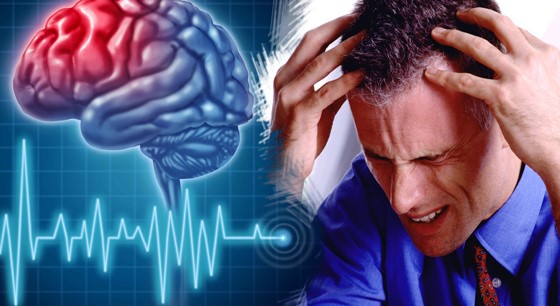Timely assistance can save a person’s life.
A stroke is a life-threatening condition that occurs when blood flow to the brain is interrupted, leading to the death of brain cells. Strokes can be caused by a blood clot blocking blood flow to the brain (ischemic stroke) or by bleeding in the brain (hemorrhagic stroke). Recognizing the symptoms and seeking prompt medical attention can greatly improve the chances of recovery and minimize long-term damage. The most common symptoms of stroke include sudden weakness or numbness in the face, arm, or leg (especially on one side of the body), difficulty speaking or understanding speech, sudden confusion, trouble with coordination and balance, and sudden, severe headache without an obvious cause.
If you suspect someone is having a stroke, it’s crucial to act quickly. Recognize these symptoms and call emergency services immediately:
- Face drooping: Is one side of the face drooping or numb? Ask the person to smile. With a stroke, the smile may be uneven, with one corner of the mouth drooping.
- Arm weakness: Is one arm weak or numb? Ask the person to raise both arms. If one arm drifts downward, call for help immediately.
- Speech difficulty: Is the person’s speech slurred or distorted? Can they not speak or understand you? If so, call for emergency assistance.
Other symptoms include:
- Dizziness: A stroke can cause dizziness or instability, making it hard to stand or walk.
- Vision changes: Sudden vision changes may occur, such as temporary blindness or double vision. The person may also experience a loss of peripheral vision or color perception.
Stroke treatment depends on the type and cause, but seeking medical help as soon as possible can significantly improve recovery chances. In some cases, special medications or surgery may be needed to remove a clot and restore blood flow to the brain.
